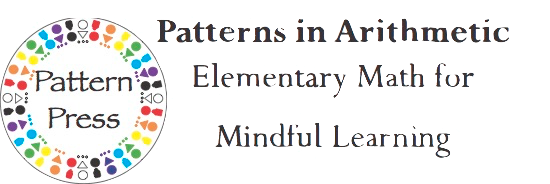By Michael Butler, Former Director, UCI Farm School
The point of schools is to learn what you otherwise wouldn’t. We want our children to learn to do the things that good thinkers do when they are thinking well. Among these things are: having second thoughts. Second thoughts are what first thoughts aren’t. Schools are generally about first thoughts of a special kind.
First thoughts are the culturally or subculturally shared first reactions of people like the thinker to whatever is being noticed. The overwhelming majority of my first thoughts are like yours, because we are members of a modern society, or simply human, but not all. Children of a certain age have a special set of common thoughts; so do physicists. Practitioners of some art or profession, like physicists, may have first thoughts that are second thoughts, or unreachable thoughts, for lots of us, but they are easily available thoughts for them. That is what a body of expert knowledge means. The standard aim of education is to impart certain experts’ first thoughts to novices. This is legitimate and necessary but unambitious. Another view of education is that novices should also learn to do the things that the people did who found out what experts now routinely know. These pieces of knowledge were originally second thoughts for their thinkers. If we want our children to be the makers or finders of knowledge, we will want them to learn to have more second thoughts, and to have them more habitually, than they otherwise would.
Since the massive accomplishment of a culture is to teach us to notice (or find unremarkable) the same things, and to have the same thoughts (or stay thoughtless) about them--to have merely first sights and first thoughts--this will not be easy. When we were considering how to teach mathematics or history, we started by looking at what mathematicians or historians do, and we based our teaching of these kinds of thinking on that study of their practice. We can also, with more difficulty, look at thinking in general and ask, how do good thinkers do it? How do they have second thoughts? An important part of the answer is that such thinkers consciously or unconsciously talk to themselves in distinctive ways. Having noticed something--bark curling on a tree, an intruder in a ticket line, the proportion of left-handers in the world--they may for instance wonder: What is that thing interestingly an instance of? Or: How could that thing be different? and what would be true then? So why is it as it is? And so on. A working translation of the goal of teaching children to think better is to teach them this private talk, whose aim is to surprise a thoroughly familiar world into a new shape.
Among the few things that psychologists are pretty sure of is that children learn best from modelling and participation. So a plausible pedagogy for this goal would be to have the people around the child think out loud in some of the ways good thinkers think to themselves, and involve the child in the talk. Then in our school we want teachers who know how to do this well. That is, they know, or have learned, certain powerful ways of having second thoughts; and they also can recognize good moments for thinking out loud with the child and good things to think about, and they can draw the child in, until the child is doing the thinking. They might not know any number of other things, but if our goal is to teach the having of second thoughts, our teachers must come to know how to do this.
Even so, there is a problem. Another thing that psychologists know about learning from modelling and participation is that it tends to be situational. Children tend to restrict their use of what they have learned in these ways to the sort of occasions when they learned it, and to the company of the sort of people with whom they learned it. That is not good enough for our school, because we want children to do good thinking wherever they are. We don’t want them to regard thinking as school- or teacher-bound. We want it to be a habit. If the people who model the talking are seen as more than teachers--if they are seen, in particular, as friends--then (quite apart from the fact that children are more likely to learn what their friends know and like) the occasions for having second thoughts will be more frequent and more varied, and so more likely to resemble out-of-school occasions, and the talk, not being marked as teacher-student talk, will more resemble the kind of talk one does with ordinary people, or even with oneself. So children will be more likely to do that talk, and have those thoughts, wherever and whenever.
Then we want a school where teachers are perceived as friends. We want this not because (or not only because) it’s democratic or feels good or permits the sharing of deeper feelings, but because it matters for the achievement of our goal: the routine use by children of a good thinker’s skills for having non-routine--second--thoughts. We look for teachers who can be friends of children, and we make an environment in which they can be, because we are ambitious about the development of children’s minds.
Michael Butler
Former Director, UCI Farm School
